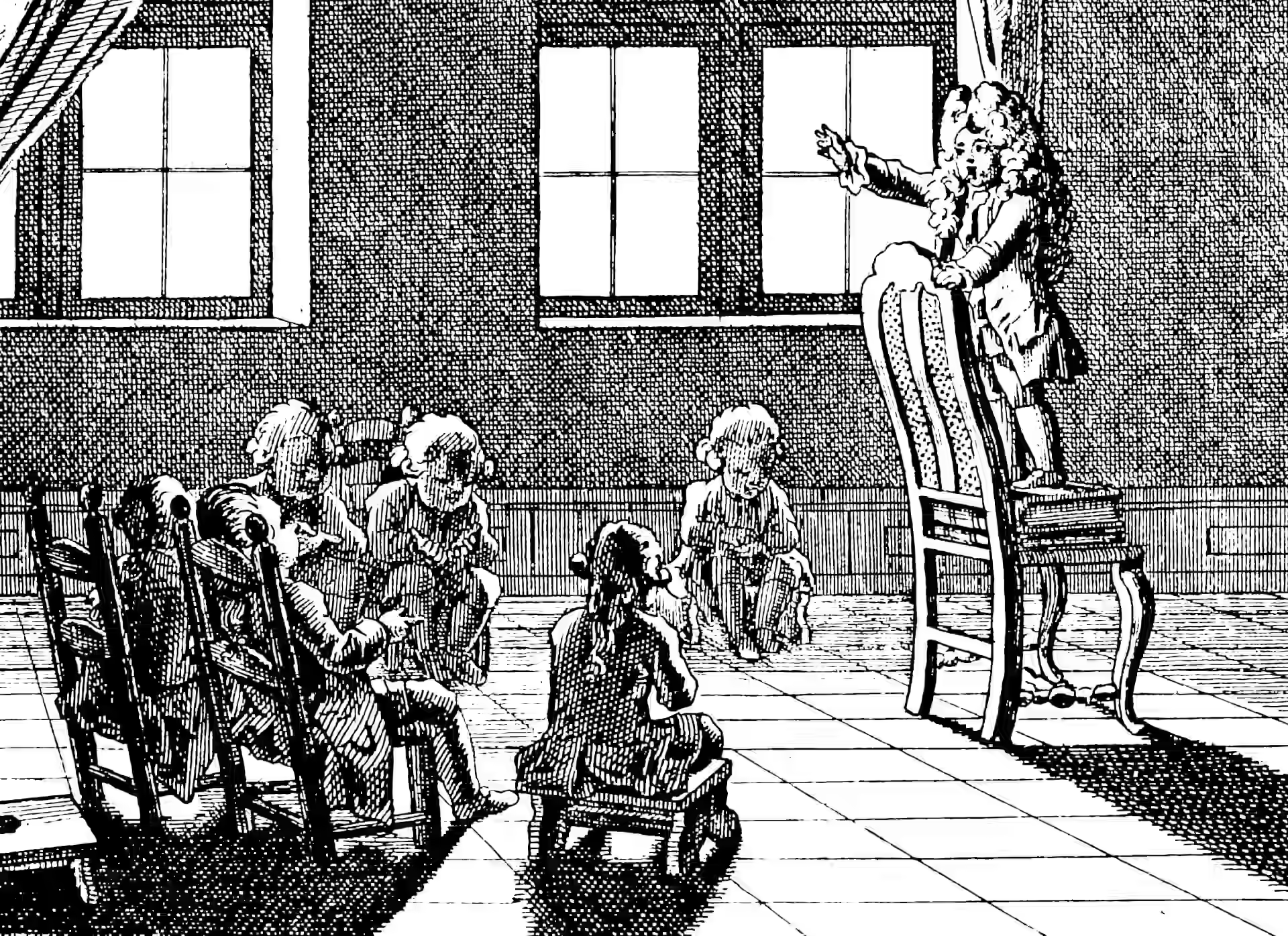The returns on hierarchy in group coordination
Optimising egalitarianism
October 24, 2019 — July 6, 2023
Suspiciously similar content
Cosma critiques Táíwò (2022), which is a book he did not enjoy, based on an essay we both loved, Identity Politics and Elite Capture:
…there is a core idea here which I find persuasive, namely that those with existing advantages will tend to use those advantages to play a disproportionate, even dominating role in any situation, undertaking or movement and to steer it to their advantage, unless pretty severely checked by strong, and enforced, institutional constraints. That’s Jo Freeman’s “tyranny of structurelessness” (cited by Táíwò), as well as Robert Michel’s “iron law of oligarchy” (not cited). So far, so convincing.
But let me push a little. Unless one imagines that everyone in a movement is equally influential, it’s mathematically necessary that the most influential members, the elite, are disproportionately influential. (Just build the Lorenz curve of influence.) I admit this pretends that “influence” is a one-dimensional numerical variable, but that’ll be true of all sorts of proxies for influence, like time other members of the movement spend attending to you. At what point does this disproportionate influence tip over into “elite capture”? If this is a matter of degrees rather than thresholds, how ought one trade off the bad of elite capture against other desiderata, like actually getting anything done? (Imagine every member of a movement of even 1,000 people speaking for just a minute on a decision, and being listened to.)
These are, of course, very old questions of democratic theory. Liberalism has at least evolved some answers, by now boringly familiar: leadership through formal representation, accountability of representatives to members through regular elections, competition between rival factions of would-be leaders, etc. — in short, the threat of members throwing the bums out will keep the would-be bums in line. These have their own issues (throwing the bums out can be a collective action problem, which must be preceded by collective cognition)…
OK, so how do I optimise the degree of hierarchy in any given group action problem?
This notebook is about that.
1 Intrinsic costs to the low status
DeDeo and Hobson (2021):
While hierarchies might benefit the group as a whole, the benefits are distributed unequally, with those at the bottom suffering the most (Marmot et al. 1978; Sapolsky 2005)
2 Efficiency returns on hierarchy
Interesting study on power-efficiency trade-offs of a certain type: O’Connor (2019).
3 Incoming
- Redistribute wealth? No, redistribute respect.
- Where are people respected the most?
- The Economics of Social Status
- Social Status: Down the Rabbit Hole
- Felix Suessenbach, Differentiate the Power Motive into Dominance, Prestige, and Leadership: New Tool and Theory (Suessenbach et al. 2019).
- Iron law of oligarchy on Wikipedia


